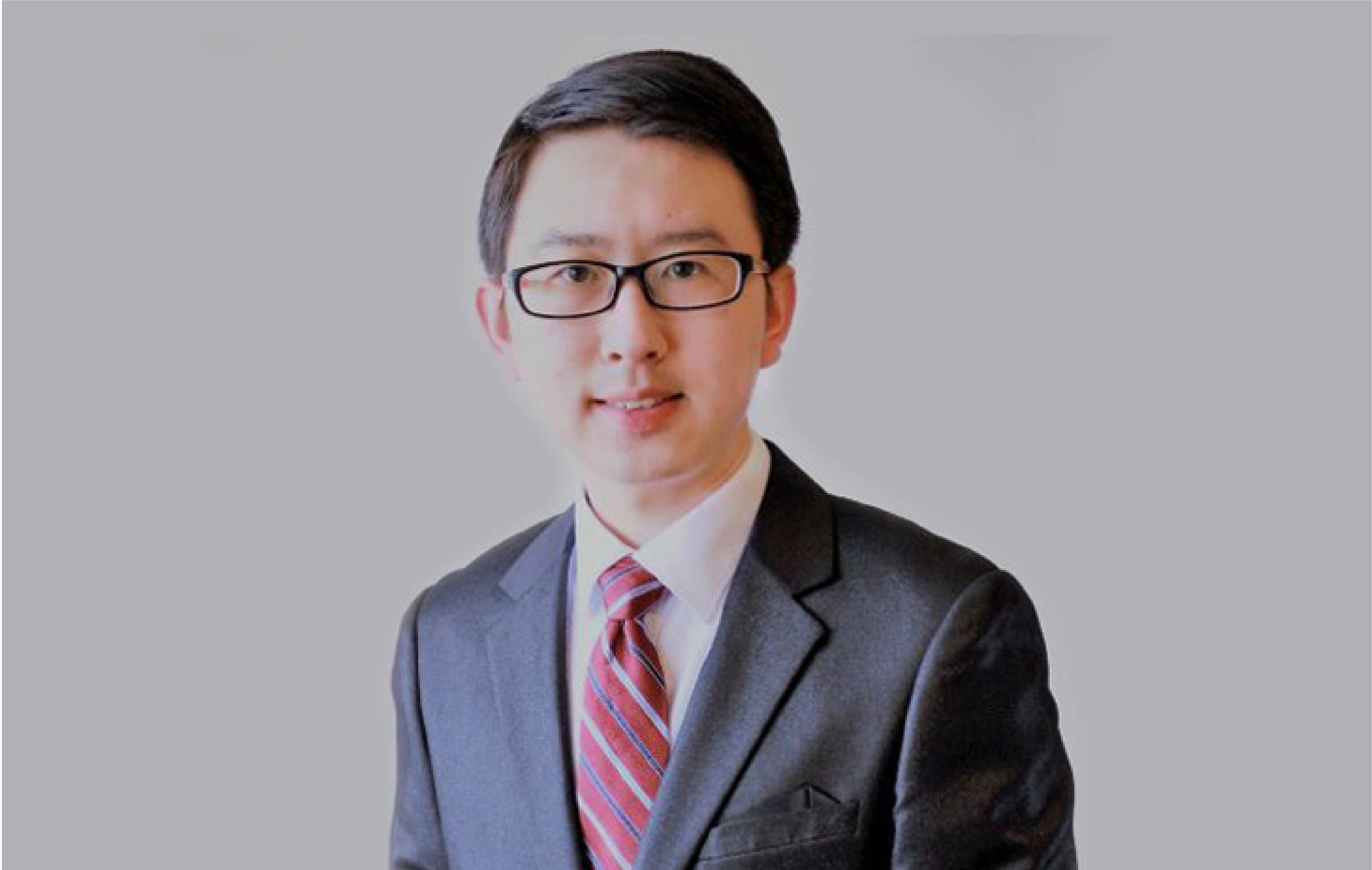
Songtao Chen, assistant professor of electrical and computer engineering and member of the Rice Quantum Initiative, is interested in the exponential computing power of quantum systems, including the capacity to speed up machine learning, to simulate chemical reactions or to revolutionize computer and network security. “We use individual atoms as qubits (quantum bits) and precisely control their mutual interactions,” Chen explains. “This allows us to investigate quantum algorithms and explore new avenues for quantum information processing and quantum networking.”
Quantum computing, at its most basic, revolutionizes computing capabilities by using qubits rather than the transistors of classical computing. The transistor is controlled by voltage, and can be turned “on” or “off;” it can be set to 1 or 0. The qubit, however, made from elementary particles like electrons or photons, can be in two different states simultaneously, and this superposition empowers quantum computing with the speed to solve complex algorithms in a fraction of the time required by classical computing models.
“Google has a quantum computer that was released two years ago,” Chen said. “They have 53 qubits. It took about 200 seconds to figure out all the possible outcomes from a quantum random-number generator. It is estimated that it would take a classical supercomputer ten thousand years to complete the same calculations.”
More specifically, Chen’s research focuses on quantum networking, which connects qubit systems and capitalizes on the combined power of individual qubits. “When isolated quantum computers are connected via the quantum network,” explains Chen, “the distributed quantum computing can surpass the computing power of a single quantum computer.” Quantum networking also promises impenetrable security, which is protected by the quantum mechanics — any measurements will disturb a qubit’s quantum state. Chen uses photons as carriers of quantum information to interface with distant qubit systems through existing optical fiber networks.
The new Engineering and Science Building will support a broad quantum research effort at Rice, including Chen’s group and other quantum labs working on trapped ions and neutral atoms. “By leveraging fully connected large scale quantum systems with tens of qubits in each computational quantum node,” explains Chen, “the exponential power of quantum computing will be finally harnessed.”
To learn more about supporting the Rice Quantum Initiative or Rice’s new Engineering and Science Building, contact your development officer or Sara L. Rice, senior director of development, at 713-348-3189 or sdl@rice.edu.
